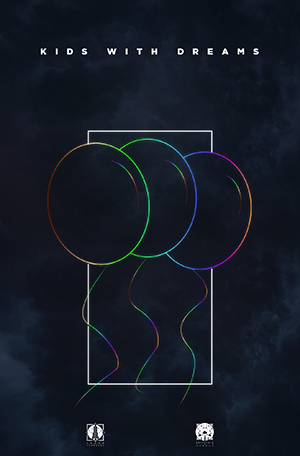
Today’s most stylish overcoats, cut at three-quarter length, are technically topcoats. An overcoat hits your calf.
The polo coat, made with cloth woven from the soft underhair of the camel, was popular with horsemen (like polo hall of famer Tommy Hithcock, Jr.) because it was lightweight. Today, most camel-colored coats are made from dyed wool fabrics, though there’s still some dromedary out there.
Hit the jump for the rest
Toggles, used instead of buttons on some coats, are a nautical closure that came into style on duffles that Norwegian and British sailors wore during World War II.
The slope-shouldered Raglan coat was designed for FitzRoy Somerset, 1st Baron Raglan, after he lost an arm at Waterloo and needed a coat he could shrug into. The sleeve setting extends from neck to underarm for a wider opening.
Your overcoat should fit over a blazer, but be trim enough not to look baggy without one. The sleeve should fall just past your wrist, but not too near the first joint of your thumb.
Overcoats are usually wool or cashmere, but can be fur, tweed or gabardine. You could even count those made of cotton or wax cotton—add a belt, however, and you’re in trench coat territory.
In 1823 Scotsman Charles Macintosh invented a rubberized waterproofing technique for overcoats. Thanks to the liquidity of the English language, his name acquired a “k,” and the company—Mackintosh—adopted the new spelling.
The soggy woolen overcoats of the 1800s also inspired country draper Thomas Burberry to experiment with waterproofing. In 1891 he moved up to London with his breathable, water-repelling fabric—and not long after, on to fame.
The frock coat was popular during the Victorian and Edwardian eras—and a favorite of Prince Albert, who wore it double-breasted. Its narrowed waist gives the knee-length base a skirt-like effect, which Sherlock Holmes pulled off with panache.
Mavericks of the Wild West and, later, Model-T owners wore “dusters”: light, long, loose—usually leather—overcoats, designed to protect their clothing from dusty roads. After The Good, The Bad, and The Ugly, everyone remembered how badass they had been, and they stuck around to soak up Jeff Bridges’s blood and sweat in True Grit.
All other leather overcoats are best left to the cast of The Matrix. That said, Paul Smith has used leather lapels handsomely.
Other contemporary masters of the overcoat include Patrik Ervell, John Varvatos, Simon Spurr, and Thom Browne.
An overcoat’s collar begs to be popped. It’s not OK anymore with a polo shirt, and was never appropriate with a suit, but the overcoat—yes. And a popped collar keeps the icy wind off your neck.
Still, the overcoat, when open at the chest, can require another warm layer. Two options: add a lightweight under jacket like George Clooney in The American or throw on a scarf like David Beckham.
(Spotted at Park & Bond)
